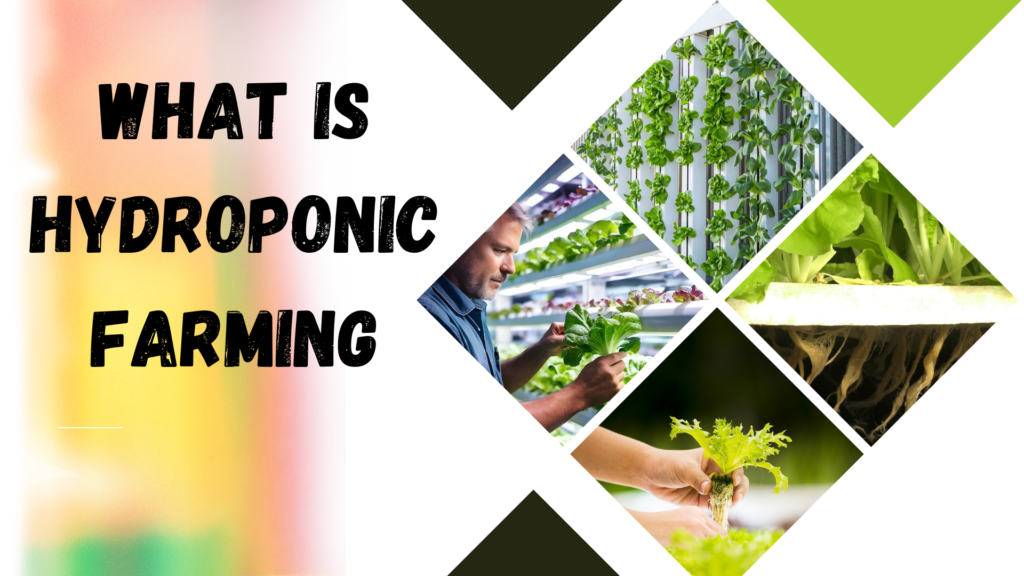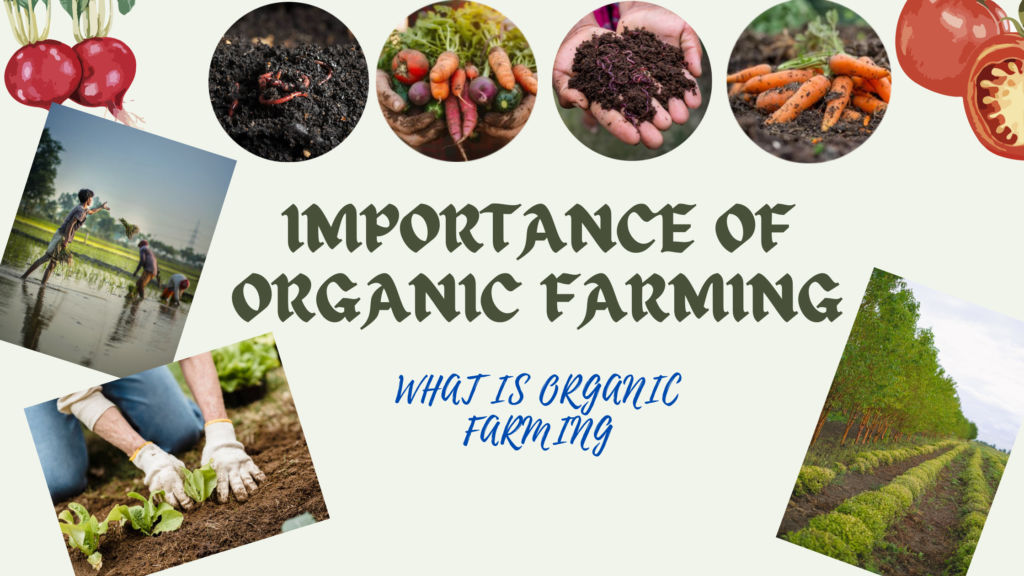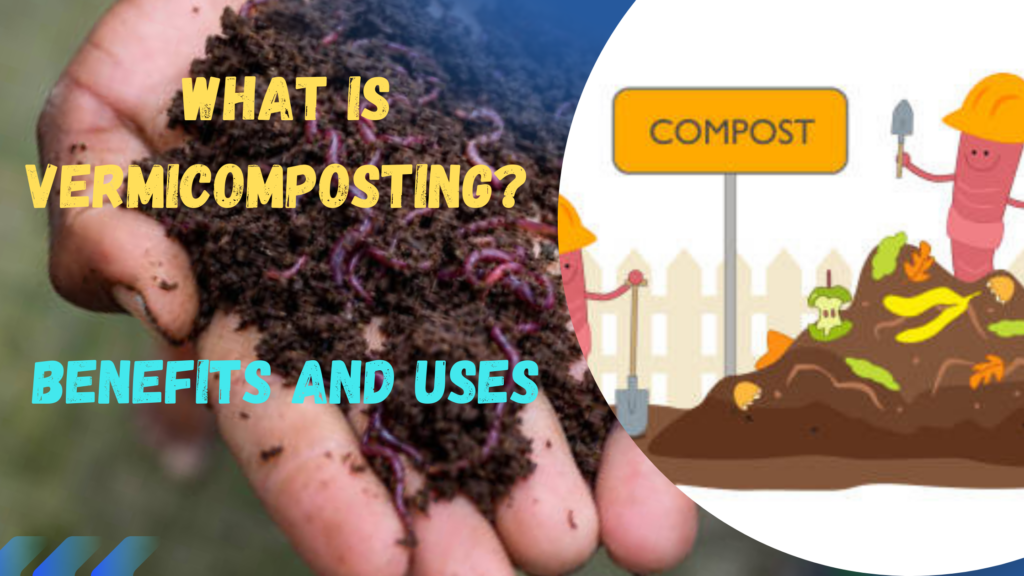As our global population grows and urban spaces expand, traditional farming methods face increasing challenges. Limited arable land, water scarcity, and the impacts of climate change make it crucial to explore innovative agricultural practices. Enter hydroponic farming—a method that is transforming how we grow food by using water-based nutrient solutions instead of soil. If you’re intrigued by cutting-edge farming techniques that promise efficiency and sustainability, hydroponics is a topic worth diving into.
What Is Hydroponic Farming?
Hydroponic farming is a method of growing plants without soil, using a nutrient-rich water solution instead. This technique allows for precise control over growing conditions, leading to faster plant growth and higher yields compared to traditional soil-based agriculture. Hydroponics can be practiced in a variety of systems, from home setups to large-scale commercial farms.

How Does Hydroponic Farming Work?
The hydroponic process involves several key components:
- Nutrient Solution: Plants receive essential nutrients through a water-based solution. This solution is carefully balanced to include all the minerals and nutrients required for plant growth.
- Growing Medium: Although no soil is used, hydroponic systems employ inert growing mediums like perlite, vermiculite, or coconut coir to support plant roots. These mediums help anchor the plants and provide some moisture.
- Water Circulation: Most hydroponic systems use pumps and tubing to circulate the nutrient solution around the plant roots. This ensures that the plants receive a constant supply of nutrients and oxygen.
- Light: In indoor hydroponic setups, artificial grow lights are used to mimic sunlight and promote photosynthesis. The intensity and duration of light can be controlled to optimize plant growth.
- pH and EC Monitoring: The pH (acidity or alkalinity) and EC (electrical conductivity, which measures nutrient concentration) of the nutrient solution are regularly monitored and adjusted to ensure optimal growing conditions.
Types of Hydroponic Systems
Hydroponic farming can be adapted to various systems, each with its advantages:
- Deep Water Culture (DWC): Plants are suspended in a nutrient-rich water solution with their roots submerged. Air stones provide oxygen to the roots, promoting rapid growth.
- Nutrient Film Technique (NFT): A thin film of nutrient solution continuously flows over the plant roots, allowing for efficient nutrient uptake and oxygenation.
- Ebb and Flow (Flood and Drain): This system periodically floods the plant roots with nutrient solution before draining it away. It provides both nutrients and oxygen to the roots.
- Drip System: Nutrient solution is delivered to the plants through a network of tubes and drippers. Excess solution is collected and recirculated.
- Wick System: A passive system where nutrient solution is drawn up to the plant roots through wicks. It’s simple and low-maintenance, suitable for small-scale setups.
- Aeroponics: Plant roots are suspended in air and misted with a nutrient solution. This system provides excellent oxygenation and rapid growth.
The Benefits of Hydroponic Farming
- Water Efficiency: Hydroponic systems use up to 90% less water than traditional soil farming. Water is recirculated and reused, reducing waste and conserving resources.
- Space Efficiency: Hydroponic farms can be set up vertically or in small spaces, making them ideal for urban environments and areas with limited land.

- Faster Growth and Higher Yields: Plants grown hydroponically often grow faster and produce higher yields due to optimal nutrient delivery and controlled conditions.

- Reduced Pest and Disease Issues: Without soil, many soil-borne pests and diseases are eliminated, reducing the need for pesticides and herbicides.
- Year-Round Production: Hydroponics allows for year-round cultivation regardless of external weather conditions. This enables consistent food production and supply.
- Lower Transportation Costs: By growing food closer to where it will be consumed, hydroponic farming can reduce transportation costs and associated carbon emissions.
Challenges and Considerations
While hydroponic farming offers numerous advantages, it’s important to consider some challenges:
- Initial Costs: Setting up a hydroponic system can be costly due to the need for specialized equipment, nutrient solutions, and infrastructure.
- Technical Knowledge: Successful hydroponic farming requires a good understanding of plant nutrition, system maintenance, and environmental control.
- Energy Consumption: Indoor hydroponic systems can consume significant amounts of energy for lighting, heating, and cooling.
- System Failures: Hydroponic systems depend on reliable technology. Failures in pumps, sensors, or nutrient delivery can impact plant health and yield.
How to Get Started with Hydroponic Farming
- Research and Planning: Start by researching different hydroponic systems to find one that suits your needs and space. Plan your setup, including lighting, nutrients, and growing mediums.
- Choose the Right System: Depending on your goals (home garden, commercial farm, etc.), select a system that fits your space and budget. Consider starting with a small-scale system to gain experience.
- Invest in Quality Equipment: Ensure you use high-quality components for your hydroponic setup, including nutrient solutions, pH meters, and grow lights.
- Monitor and Adjust: Regularly check the pH, nutrient levels, and overall health of your plants. Adjust conditions as needed to ensure optimal growth.
- Start Small: Begin with a manageable number of plants and gradually expand as you gain experience and confidence.
Conclusion
Hydroponic farming represents a revolutionary approach to agriculture, offering a solution to many of the challenges faced by traditional farming methods. By leveraging water-based nutrient solutions and innovative systems, hydroponics can produce fresh, healthy food in a more sustainable and efficient manner.
Whether you’re an urban gardener looking to grow your own vegetables or a commercial farmer exploring new methods, hydroponics offers exciting possibilities. Embrace the future of agriculture and discover how hydroponic farming can transform your approach to growing food.
Have you tried hydroponic farming or are you considering it? Share your experiences or ask questions in the comments below. Let’s cultivate a greener future together! 🌱💧
If you too want to learn about Drip Irrigation and get valuable tips, visit https://farming.org.in/drip-irrigation/



This is some awesome thinking. Would you be interested to learn more? Come to see my website at QH5 for content about Thai-Massage.